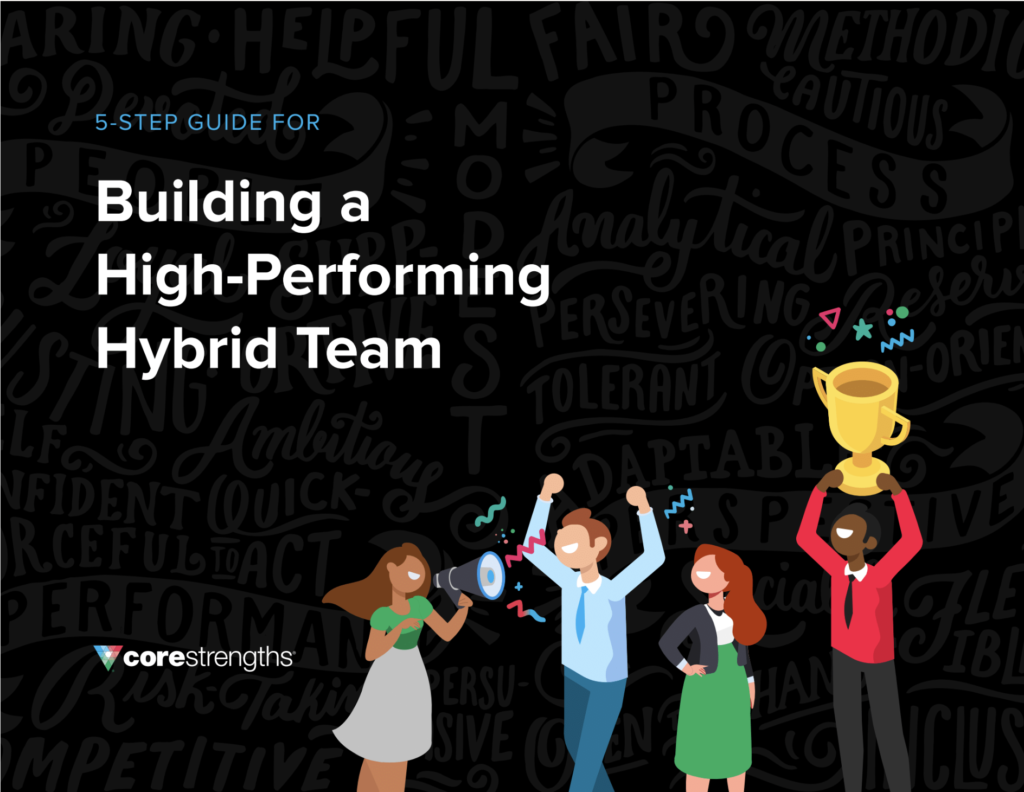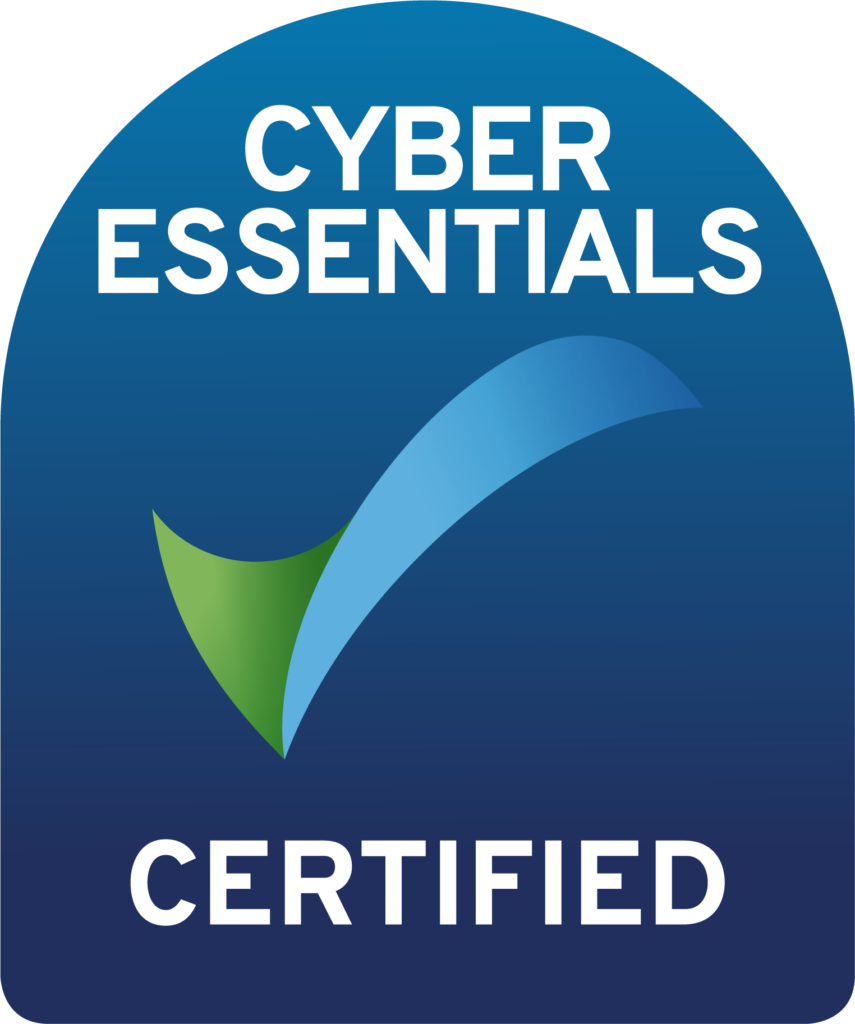When much of work went virtual in early 2020, plenty of attention was given to the technological tools that help people accomplish their tasks remotely. But the relationship and communication skills needed for true virtual collaboration got far less airtime.
What makes virtual collaboration successful?
At the root of collaboration, virtual or in-person, is an understanding of who a person is and what matters to them. You’ll be able to work better together if you know your own motives and drives, as well as those of the people you’re working with. According to Core Strengths research, the three primary motives are:
- Concern for People (Blue)
- Concern for Performance (Red)
- Concern for Process (Green)
When you take the SDI 2.0 assessment, you’ll get a full portrait of how all three blend in your personality and what makes you unique, but even if you haven’t taken the assessment yet, keep reading.
The SDI 2.0 describes a vast array of diverse personalities, just like the colors Blue, Red, and Green can create any color on your computer monitor. But we’re going to keep it simple, by focusing on the three colors.
Blue: People who are motivated by the protection, growth, and welfare of others. They have a strong desire to help others who can genuinely benefit.
Red: People who are motivated by task accomplishment and achieving results. They have a strong desire to set goals, take decisive action, and claim earned rewards.
Green: People who are motivated by meaningful order and thinking things through. They have a strong desire to pursue independent interests, to be practical, and to be fair.
So, how do these colors relate to virtual collaboration?
Here’s an example. Aaron (Blue) leads a weekly Zoom meeting that Jill (Red) attends. She’d prefer to get to the agenda within the first 60 seconds, but Aaron never starts a meeting without at least five minutes of an icebreaker or casual chatting. When the agenda is light, Jill recognizes the importance of that time for team bonding, but when there’s a lot to go over, she views those first five minutes as a waste of time.
If Jill doesn’t know Aaron’s motives, she may assert herself and take over the meeting leadership. But if she knows how much Aaron values team relationships and culture, she’ll honor that and use those first few minutes of the meeting to ask him how he’s doing.
While we tend to treat people how we want to be treated, the most important thing to remember for successful virtual collaboration is to treat others how they want to be treated. If you know which motive color is strongest for your colleagues, you can learn what they need to do their best work.
Here are our tips for successful teamwork in four different virtual collaboration environments: video calls, emails, asynchronous collaboration, and project handoffs.
Virtual collaboration on video calls
Almost everyone is a video call veteran by now, with many people complaining of ‘Zoom fatigue’ and trying to opt out of as many video calls as possible.
But unfortunately, video is the closest we can get to in-person interaction in the virtual work environment, and the best communication happens face-to-face.
Video calls with a Blue colleague (concern for people).
First and foremost, turn on your camera. Notice what’s going on in their personal space and ask how they’re doing.
Take the opportunity of this scheduled meeting to check in and support your colleague. Consider using the private chat feature to establish a personal side-conversation or share your reactions to things.
Video calls with a Red colleague (concern for performance).
They value results, so skip over the check-in with them and get right to the reason and objectives for the meeting. If you need an opener, talk about a recent success and claim victory. Then, once you’ve covered the important material on the agenda, give them their time back.
Video calls with a Green colleague (concern for process).
A person with strong process motives needs to analyze and make sense of things. They don’t always feel the most open to sharing personal details in the virtual environment, so don’t force sharing.
Have a clear agenda (ideally shared in advance so they have time to prepare) and know the process you will use to make a decision. End the call by sharing what you learned and going over how you can make the next meeting better.
Asynchronous virtual collaboration
We often think of virtual collaboration as being limited to emails, calls, and meetings, but project management platforms and shared documents are increasingly prevalent ways to get work done remotely.
When writing comments to a coworker in a document or platform, phrase your feedback differently based on their motives. Here are some examples to get you started:
Written feedback to a Blue colleague.
Lead with “It would be helpful if…”
Written feedback to a Red colleague.
Lead with “I think we’ll get a better outcome if…”
Written feedback to a Green colleague.
Lead with “I think it would be more clear or accurate if…”
Virtual collaboration during project handoffs
For many organizations with a workforce scattered across different regions or even continents, you’ll work on a project for the day, then hand it off to someone in another time zone who’ll take the next steps while you’re off work.
In these situations, handoffs become extremely important, because you won’t be available to answer questions or collaborate in real time.
Handoffs to a Blue colleague
Share what they did last time that was helpful to you, and what would be helpful from them now.
Handoffs to a Red colleague
Commend what they did that was excellent, then tell them the challenge you need to overcome as a team or set a goal to achieve.
Handoffs to a Green colleague
Give them a problem to solve, more information to find, or some unknowns to uncover. Then, ask them to make sure the process is clear and sustainable.
Achieve better virtual collaboration with your team.
If your team is struggling with conflict or low productivity in the virtual environment, Core Strengths can help. The SDI 2.0 assessment empowers individuals with the knowledge of their own strengths and motives, and helps them understand their colleagues so everyone can work better together.









